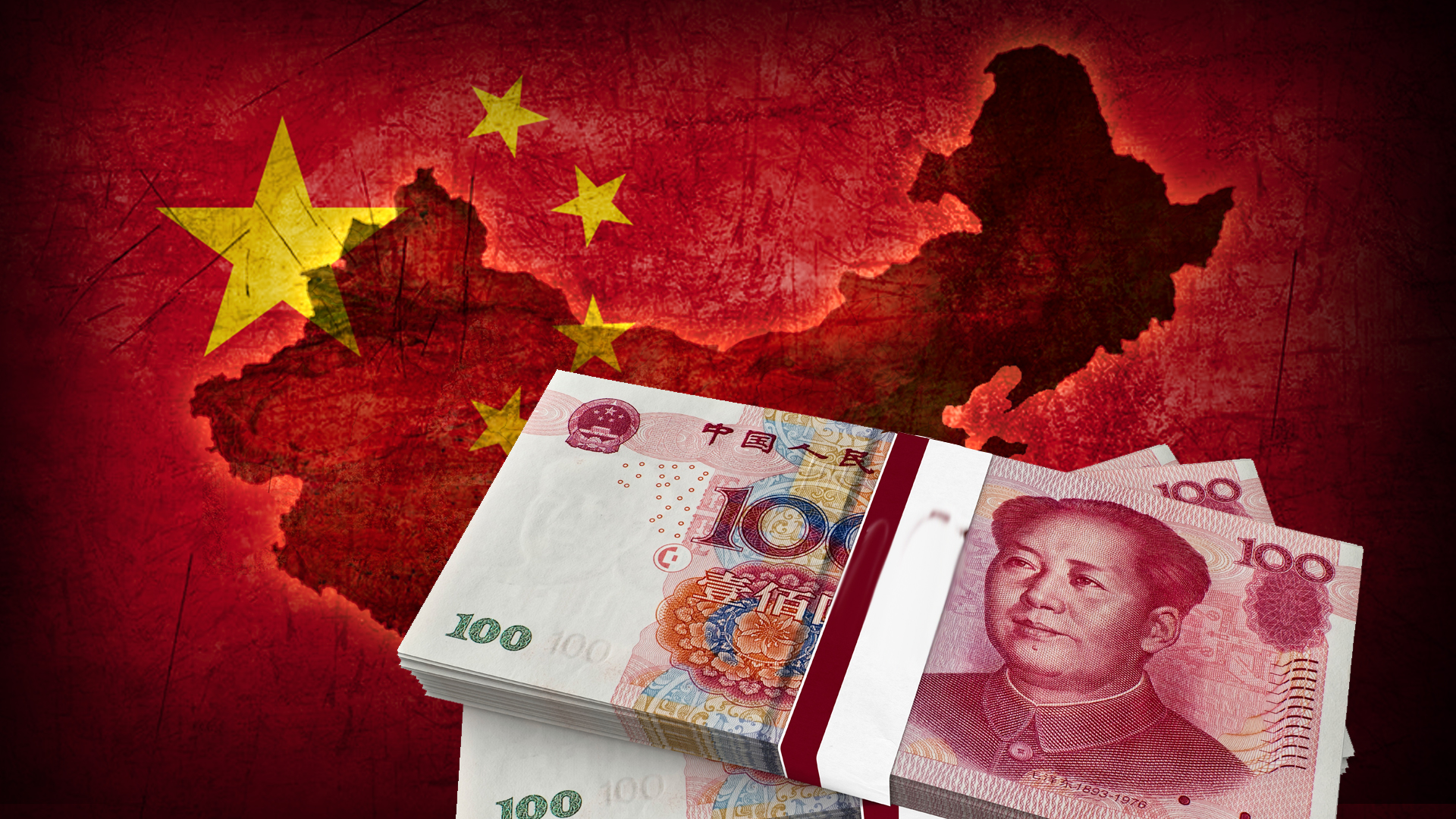
China’s bagful of woes, somehow just don’t seem to stop overflowing. While already faced with the Doklam standoff with India at the border, China now being warned by IMF of the Dangerous levels of Debt that the country is sinking into.
China’s economic system will develop quicker than anticipated over the following three years as a result of of the federal government’s reluctance to rein in “dangerous” levels of debt, the International Monetary Fund politely warned on Tuesday.
In an annual evaluate of the world’s second-largest economic system, IMF workers mentioned China’s annual financial progress would common 6.four per cent in 2018-20, in contrast with a earlier estimate of 6 per cent. The IMF can be predicting that the Chinese economic system will develop 6.7 per cent this 12 months, up from its earlier forecast of 6.2 per cent progress.
The Chinese authorities, which pledged to double the dimensions of the economic system between 2010 and 2020, has tolerated a fast run-up in debt in an effort to meet its goal. “The [Chinese] authorities will do what it takes to attain the 2020 GDP target,” the IMF mentioned.
As a outcome, the IMF now expects China’s non-financial sector debt to exceed 290 per cent of GDP by 2022, in contrast with 235 per cent final 12 months. The fund had beforehand estimated that debt levels would stabilise at 270 per cent of GDP over the following 5 years.
“International experience suggests that China’s current credit trajectory is dangerous with increasing risks of a disruptive adjustment,” the IMF mentioned within the strongly worded report.
Higher debt levels, it added, would cut back Beijing’s “fiscal space” to react to any potential disaster within the interbank market or a “loss of confidence” in wealth administration merchandise, gross sales of which have unpinned the fast growth of China’s shadow banking sector.
Jin Zhongxia, China’s consultant on the IMF, rejected the fund’s warnings. “The stronger performance [of the Chinese economy] since 2017 was not merely driven by policy stimulus but [is] rather a reflection of rebalancing and structural adjustment,” he mentioned in Beijing’s official reply. “The IMF staff’s scenario of an abrupt slowdown of the Chinese economy , is highly unlikely.”
In the aftermath of the worldwide monetary disaster, Chinese authorities unleashed a lending spree that greater than quadrupled whole debt to $28tn on the finish of 2016 .
In its report, the IMF harped that China’s “credit efficiency” had deteriorated sharply over the previous decade, with ever bigger quantities of cash wanted to generate the identical quantity of progress. “In 2008, new credit of about Rmb6.5tn was needed to raise nominal GDP by Rmb5tn,” the fund mentioned. “In 2016 it took Rmb20tn in new credit.”
The IMF added that had the Chinese authorities not turned on the credit score faucets, common actual GDP progress within the 5 years to 2016 would have averaged 5.three per cent reasonably than 7.three per cent.
Recommended
The fund was additionally vital of state-owned enterprise reform, noting that enormous swaths of the economic system stay off-limits to personal sector firms that nonetheless account for greater than 80 per cent of employment and 50 per cent of tax revenues.
“Private sector participation in SOEs remain limited [and] political influence has been institutionalised,” the IMF mentioned, referring to the rising clout of Communist occasion committees in most SOEs.
In response, Chinese authorities argued that “institutionalising the Communist party’s leadership within SOEs would help increase [their] efficiency”.